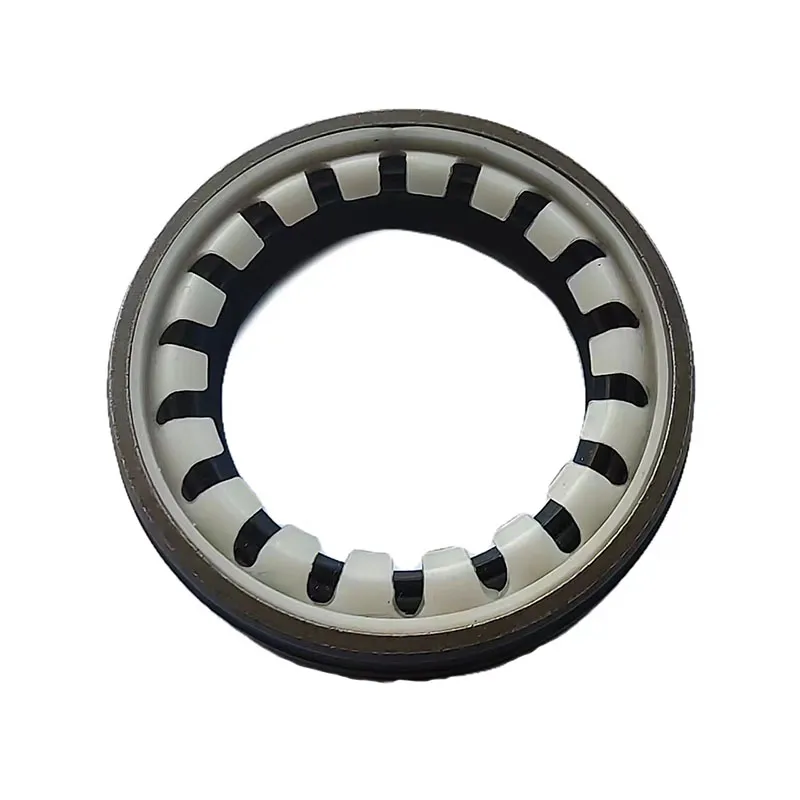Types of Shaft Seals and Their Applications in Various Industries
Understanding Shaft Seal Types
Shaft seals play a crucial role in the functionality and longevity of rotating machinery. They are designed to prevent the leakage of fluids, gases, and contaminants between stationary and moving parts. Different seal types are available, each catering to specific applications and environments. Understanding these seal types is essential for selecting the right seal for your needs.
1. Lip Seals
One of the most common types of shaft seals is the lip seal, also known as a radial lip seal. These seals feature a flexible lip that makes contact with the rotating shaft. Lip seals are widely used in various applications, including automotive engines, industrial machinery, and hydraulic systems. They are effective at retaining lubricants and preventing the entry of dust and moisture. Lip seals are constructed from materials such as rubber or polyurethane, making them versatile for different temperatures and chemical environments.
2. Mechanical Seals
Mechanical seals are primarily used in rotating equipment such as pumps and compressors. Unlike lip seals, mechanical seals consist of two flat surfaces that are pressed together, creating a seal. They provide a high level of sealing performance, even under high pressure, and are suitable for handling aggressive fluids. Mechanical seals are generally more complex than lip seals and require precise installation but offer superior longevity and reduced leakage rates.
Packing seals, or gland packing, consist of fibers wrapped around the shaft. These materials can be made from various substances, including PTFE (Teflon), graphite, or rubber. Packing seals are flexible and can conform to the shaft's surface, which helps in sealing. They are typically used in high-pressure applications, including valves and pumps. Though effective, packing seals may need periodic adjustment and replacement, as they can wear down over time.
4. O-rings
shaft seal types

O-rings are circular seals that can be used in various applications, including those involving shafts. O-rings are generally made from elastomer materials and are designed to fit into a groove, creating a seal when compressed between two surfaces. They are ideal for static sealing applications but can also be effective in rotating applications at lower speeds. O-rings are favored for their simplicity, ease of installation, and cost-effectiveness.
5. Synchronous Seals
Synchronous seals are primarily used in applications where the shaft speed is constant, such as in gearboxes. These seals are designed to withstand high loads while preventing fluid leakage. Synchronous seals often come with additional features like built-in lip designs or special materials to enhance performance under specific conditions.
6. Dynamic Seals
Dynamic seals are specifically engineered for applications where there is relative motion between the sealing surfaces. These are typically used in applications involving pumps and rotating shafts. Dynamic seals are designed to accommodate movement, which can lead to wear over time. Proper material selection is crucial in these applications to ensure that the seal can withstand not only the movement but also the temperature and chemical exposure.
Choosing the Right Seal
Selecting the right type of shaft seal depends on various factors, including the application, operating conditions, and the type of fluid or gas being sealed. Factors such as temperature, pressure, and the nature of the media should be considered to ensure optimal performance and longevity of the seal.
In conclusion, understanding the different types of shaft seals is essential for effective machinery operation. Selecting the appropriate seal can lead to improved efficiency, reduced maintenance costs, and enhanced equipment lifespan. Whether it’s a lip seal for automotive applications, a mechanical seal for pumps, or a packing seal for valves, making the right choice is key in safeguarding the integrity of rotating machinery.
-
The Ultimate Guide to Car Repair Kits: Tools and Essentials Every Driver Should Own
News Aug.01,2025
-
The Complete Guide to Oil Pan Gaskets: Sealing Engine Leaks the Right Way
News Aug.01,2025
-
Preventing Oil Leaks: A Complete Guide to Oil Pan Gaskets and Drain Seals
News Aug.01,2025
-
Everything You Need to Know About Oil Pan Gaskets and Drain Plug Seals
News Aug.01,2025
-
Essential for Car Owners: How to Use a Car Repair Kit to Deal with Minor Breakdown
News Aug.01,2025
-
Comprehensive Guide to Engine Oil Sump Gaskets and Related Seals
News Aug.01,2025
-
The Ultimate Guide to Boat Propeller Bearings and Trailer Wheel Bearings
News Jul.31,2025
Products categories















